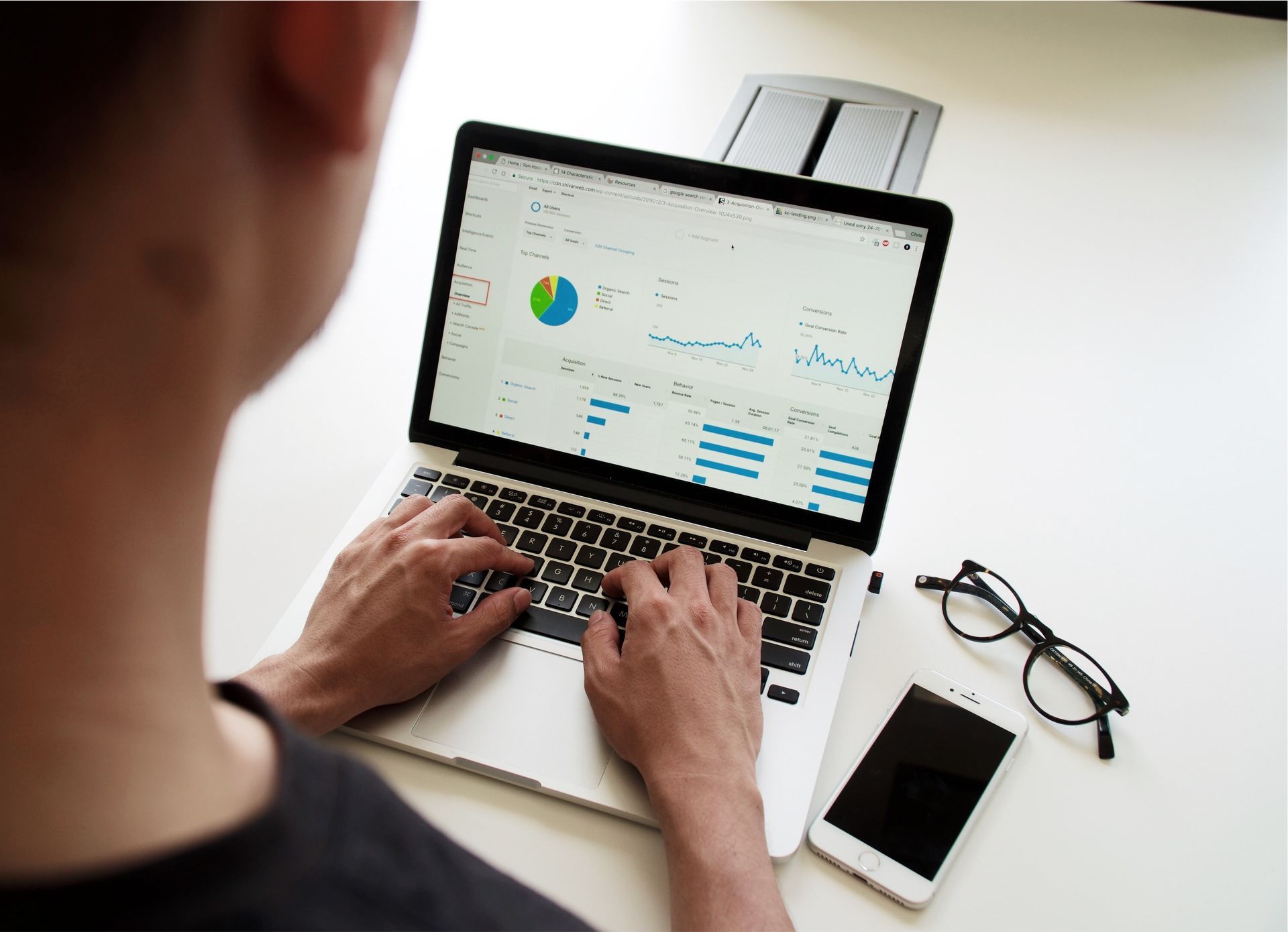New Paragraph

COVID-19 Recovery Guide for Small Businesses
September 11, 2020
As organizations of all shapes and sizes continue to grapple with the impact of COVID-19, small businesses especially are struggling with how to create a plan to recover from their losses. These small businesses are also looking for ways to future-proof their operations to better weather storms that are yet to come. We work closely with these businesses daily and have come to recognize some of the processes that need extra attention and optimization to prepare for the unknown.
Finances
Start by managing your cash flow. Carefully budget for the next one to two months, reduce overhead, and try hard to cut back on non-essential expenditures. This may mean modifying business hours to save on operational and labor or payroll costs. You may also want to speak with your landlord if your business has a physical location and negotiate rent reduction, payment installments, or even deferrals.
Next, communicate with any lenders you’re working with. If you’re not able to meet loan obligations, they may be able to offer alternatives. Review loan documentation with them and discuss any changes that may have happened, or look into the possibility of taking advantage of lowered interest rates by refinancing or consolidation. You can also speak with the bank where you hold business accounts about the availability of government-based or private sector relief funds.
Once you’ve gotten a better idea of your current financial state, think about what you’ll do to optimize expenses moving forward. Start with an audit to see where your money is allocated over the next few months, eliminate any unnecessary expenditures, and find which of your business processes are offering low or no financial return on investment. Reallocate any extra cash to invest in tools that will help streamline your business now and well into the future.

Communication and Marketing
Now more than ever, communication with your customers should be authentic and transparent. They need to know when your hours of operation change, if you’re not able to perform any services or provide products, or if there are any delays. Your customers will also appreciate knowing what safety protocols you have in place to keep everyone safe.
Integrate these messages into your marketing strategy; now is not the time to go radio silent. Make sure to update your website frequently and keep the information accurate. Post on social media consistently, ask your audience to share those posts, and consider setting up a strategy that allows for social selling on these platforms. Don’t overlook the power of email marketing, either — more of us than ever are at home, and this provides your business with a captive audience.
You’ll need to put the same effort into communicating with your employees as well. They’re likely worried about their role in the business, as well as their health and wellness on the job. Set up training plans to educate them on heightened safety and cleaning protocols and what to do if they are exposed to or diagnosed with COVID. Keep them in the loop and ask for their feedback for ways and ideas to help keep your business moving forward. Maintain an open-door policy so they come to you as an owner or manager if any problems arise that will prevent them from fulfilling their job duties.

Risk Management and Recovery
It’s a gross understatement to say that many small business owners were wholly unprepared for the rapid spread of illness, but if anything it created an opportunity for them to take a second look at risk management strategies like business continuity plans and insurance coverage. Because many traditional insurance policies didn’t account for a pandemic, small businesses are now facing huge monetary losses. The foundation of your recovery plan should be prioritizing investment in coverage that will provide peace of mind, even in the face of the yet unknown.
This is also the time to think about pivoting your business model, services, or products in innovative ways that help solve emerging pain points for customers. Leverage trends and changing demands and reshape your business to meet those demands now and for the foreseeable future.
It can be nearly impossible to regain perspective on your situation as a small business owner facing a crisis, but you don’t have to tackle the post-COVID recovery process on your own. Our team has been in your shoes, and we use those experiences to help our clients navigate even the roughest of waters.
To learn more, contact us online. We look forward to hearing from you.
Are You Ready?
Are you ready to dissolve your barriers & commit to executing and achieving your vision?
Request to qualify for a one-on-one business diagnostic.
We'll take an assessment of your current circumstances, and take you to meet our advisory boards.
What are you waiting for? Contact us today!
Contact Us
We will get back to you as soon as possible
Please try again later
QUICK LINKS
SERVICES
CONTACT
(636) 352-3835
cornell@thealexander-group.com
1527 Jamie Lane, Waterloo, Illinois 62298, United States
QUICK LINKS
SERVICES
CONTACT
(636) 352-3835
cornell@thealexander-group.com
1527 Jamie Lane, Waterloo, Illinois 62298, United States
All Rights Reserved | The Alexander Group





